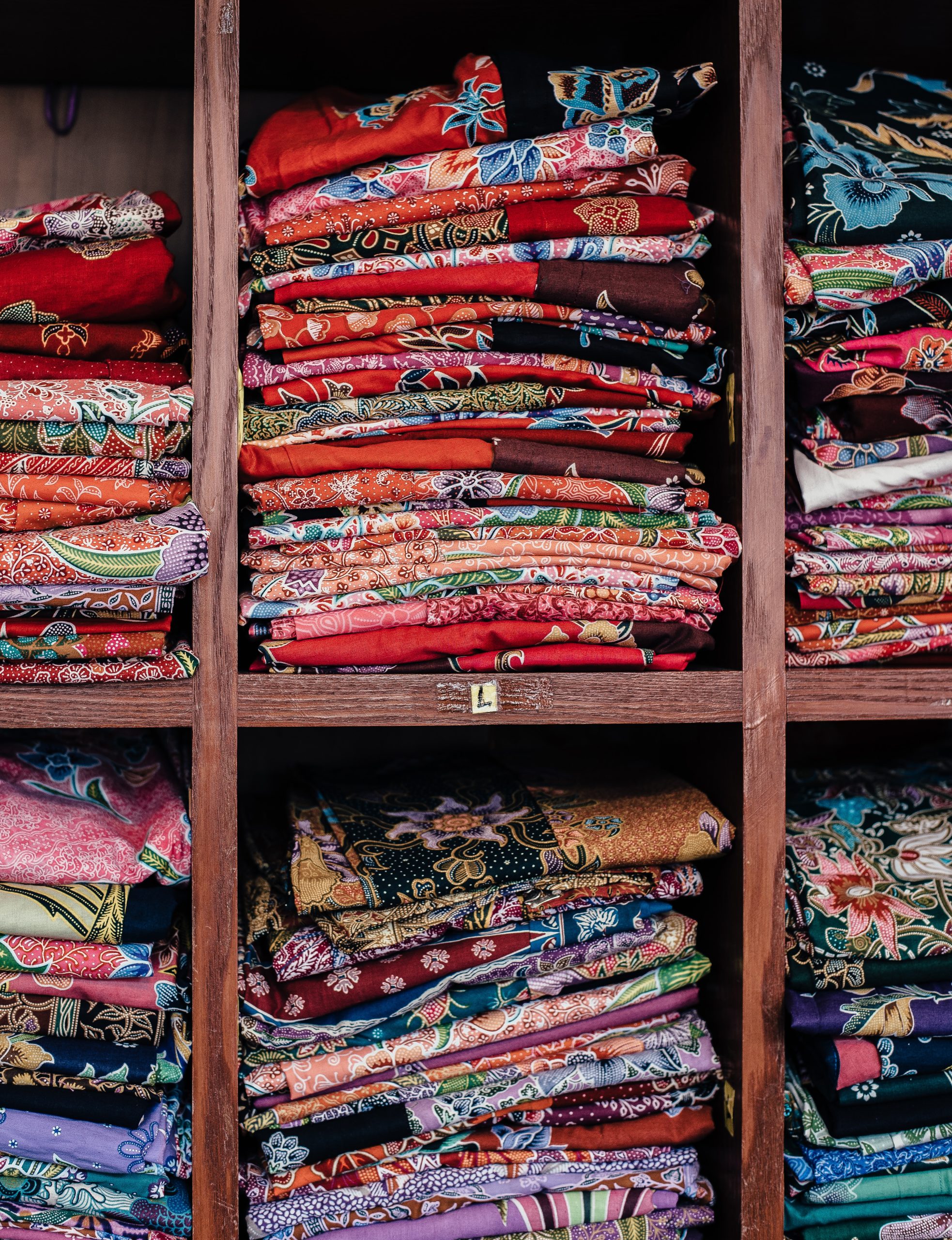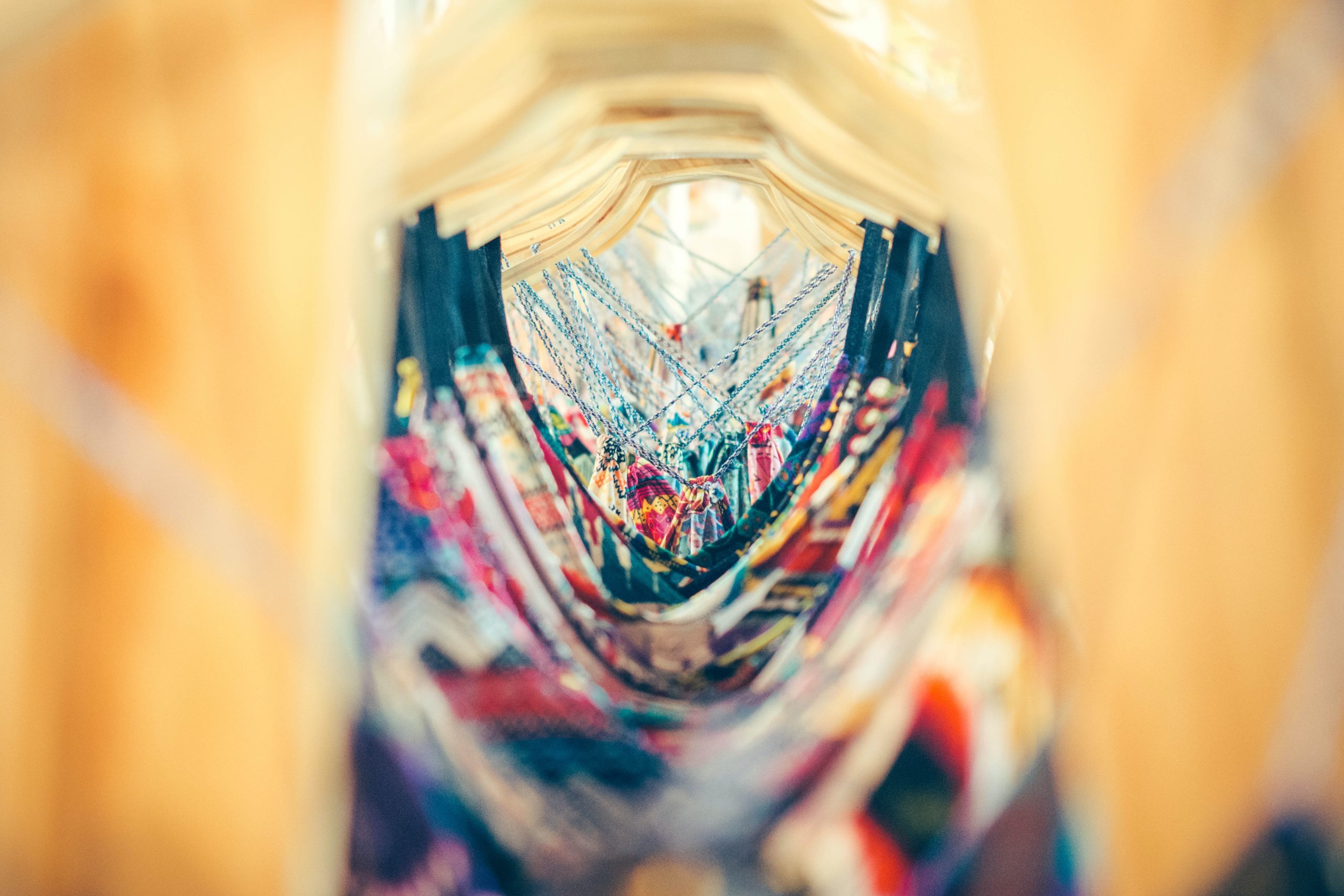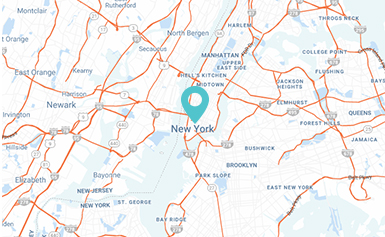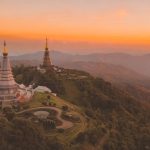Exploring the Rich Tapestry of Thailand: A Journey through Thai Silk and Textiles
Welcome to a vibrant and colorful journey through the heart of Thai silk and textiles traditions. Thailand is a land of mesmerizing landscapes, captivating culture, and of course, the exquisite Thai silk and textiles. In this travel blog, Green Sun Travel will take you on a voyage through the hidden gems and centuries-old craftsmanship of Thai silk, weaving, and embroidery.
Types of Thai silk and textiles
Thai silk and textiles are a testament to the rich tapestry of Thai culture, history, and craftsmanship. They encompass a wide array of fabrics, each telling its own unique story and bearing the hallmarks of a particular region or tradition. Let’s delve deeper into the significance and characteristics of these remarkable Thai textiles:
Thai Silk (Mudmee Silk):
Thai silk, or Mudmee silk, stands out for its opulent texture, lustrous sheen, and vivid hues. It is handwoven with the utmost precision, making it an embodiment of Thai craftsmanship.
This fabric is predominantly used in traditional Thai clothing, such as the sarong and pha sin, which are worn during cultural ceremonies and special occasions.
Mudmee silk is distinguished by its intricate tie-dyed patterns, achieved through a labor-intensive process, making each piece a work of art. Its unparalleled quality makes it highly sought after by both locals and tourists.
Tribal Textiles:

Various ethnic hill tribes, including the Hmong and Karen, create textiles that are a reflection of their unique cultural heritage.
These textiles often feature intricate embroidery, vibrant colors, and striking patterns. They are a vital part of the tribal identity and are used in traditional clothing and accessories, signifying the wearer’s cultural affiliation.
Batik:
Batik is an ancient technique of wax-resist dyeing, producing intricate and captivating patterns on fabric.
Thai batik is known for its geometric designs and nature-inspired motifs, which often tell stories of the environment and cultural heritage.
Benjarong Fabric:
Benjarong, originally a type of ceramic ware, has influenced fabric patterns in Thailand. These fabrics are known for their multicolored designs, often featuring delicate motifs.
Benjarong-inspired textiles provide a unique fusion of artistry and functionality.
Suphanburi Brocade:
Suphanburi brocade, originating from the Suphanburi Province, is prized for its brocade weaving technique, resulting in intricate and elaborate patterns.
This fabric is often used in traditional Thai clothing and ceremonial costumes, and it showcases the dedication to craftsmanship and tradition in this region.
Kasikorn Textiles:
Kasikorn textiles are produced at the Kasikorn Bank Textile Museum, where historical and cultural designs are brought to life in fabric form.
These textiles offer insights into Thailand’s rich heritage, offering a tangible connection to the past.
Loom Woven Fabrics:
Thai textiles created on looms vary from simple cotton and silk weaves to highly complex patterns crafted using traditional techniques. They cater to both everyday use and special occasions.
Silk Lep or Matmii Silk:
Silk Lep, also known as Matmii Silk, is a coarser silk fabric woven using matmii threads. Its durability makes it ideal for functional items like bags and accessories.
Tie and Dye Fabric:
Similar to Mudmee silk, tie and dye fabric relies on the art of tying and dyeing to create vibrant and eye-catching patterns, making it a popular choice for fashion and home decor.
Buddhist Robes:
The intricate and colorful robes worn by Buddhist monks in Thailand are often crafted from silk. These robes feature symbolic designs and colors, each with deep religious significance.
In Thailand, textiles are more than just fabrics; they are living, breathing reflections of a nation’s heritage. They embody the skill, artistry, and dedication of Thai artisans and provide a tangible link to the country’s cultural identity. Exploring the diverse world of Thai textiles is a journey of discovery, a way to connect with the people, history, and traditions that make Thailand so captivating and unique.
The journey to explore Thai silk and textiles
Bangkok: Where Tradition Meets Modernity

Our journey begins in the bustling metropolis of Bangkok. While this city is known for its modernity, it has managed to preserve its ancient textile traditions. Start your adventure at the Jim Thompson House, a museum dedicated to the American silk merchant who played a pivotal role in reviving the Thai silk industry. Here, you’ll discover the history and intricate techniques of silk weaving.
Next, venture to Chatuchak Weekend Market, a paradise for textile enthusiasts. Rows of stalls offer a kaleidoscope of Thai textiles, from sarongs and scarves to traditional Thai clothing. Don’t forget to bargain – it’s part of the experience!
Chiang Mai: Woven Treasures in the North
A short flight from Bangkok takes us to Chiang Mai, a city nestled in the lush hills of northern Thailand. This city is renowned for its traditional weaving villages, where you can witness skilled artisans creating intricate patterns on handlooms.
Visit the Sankampaeng district, famous for its silk production. Take a guided tour to see the entire silk-making process, from silkworms spinning their cocoons to the dyeing and weaving of silk threads. Don’t miss the opportunity to buy some unique silk pieces as souvenirs.
Northern Thailand is also home to the Hmong and Karen hill tribes. A visit to one of their villages will provide you with a fascinating glimpse into their distinct textile traditions. You can purchase beautifully crafted embroidered pieces directly from these artisans.
The Silk Road of Isaan: Khon Kaen and Surin
In the northeastern region of Isaan, you’ll find Khon Kaen and Surin, two lesser-known but culturally rich destinations for silk lovers. In Khon Kaen, stop by the Khon Kaen University’s textile museum to see a diverse collection of textiles from the region.
Surin, on the other hand, is famous for its unique “Mudmee” silk, characterized by its intricate tie-dye patterns. Visit local weaving cooperatives where you can watch this mesmerizing craft in action and take home a piece of this distinctive textile.
Phuket: Beyond the Beaches
Phuket may be famous for its stunning beaches, but it also boasts a vibrant textile scene. Visit the Phuket Thai Hua Museum, housed in a beautifully restored Sino-Portuguese mansion. It showcases the island’s history and the influence of Peranakan culture on its textiles.
Wrap up your textile tour by shopping at the Ban Boran Textile Gallery. Here, you’ll find an exquisite collection of traditional and contemporary Thai textiles, from batik and silk to hand-embroidered masterpieces.
Conclusion
Thai silk and textiles, a true embodiment of the Thai culture, offer a captivating journey through the nation’s heritage and artistry. From the opulent Thai silk (Mudmee silk) with its intricate tie-dyed patterns to the vibrant tribal textiles of the northern hill tribes, and from the ancient art of batik to the multicolored elegance of Benjarong fabrics, each textile tells a unique story.
The Suphanburi brocade reflects the dedication to tradition, while Kasikorn textiles serve as a living archive of Thailand’s rich history. Thai loom-woven fabrics combine functionality with intricate craftsmanship, and Silk Lep adds durability to fashion and accessories.
Tie and dye fabrics bring forth a burst of colors and creativity, and the Buddhist robes showcase a spiritual dimension woven into every thread.
These textiles are more than just fabrics; they are windows into the soul of Thailand. Each piece encapsulates the skill, culture, and heritage of this remarkable nation. When you explore Thai textiles, you embark on a journey of discovery, connecting with people and history that have crafted beauty in the form of fabric. Thai silk and textiles are not merely material; they are stories waiting to be told.







